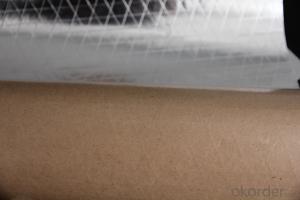Fiberglass honeycomb sandwich panels are a versatile and robust construction material that has been gaining popularity in various industries due to their exceptional strength-to-weight ratio, durability, and resistance to environmental factors. These panels consist of a lightweight honeycomb core sandwiched between two thin but strong fiberglass skins, creating a structure that is both rigid and lightweight. In this article, we will explore the unique properties of these panels, their applications, and the benefits they offer over traditional materials.
The Science Behind Fiberglass Honeycomb Sandwich Panels
The honeycomb core is made from a series of paper-thin layers, often made from materials like cellulose or thermoplastic, which are bonded together to form a hexagonal pattern. This pattern is not only visually appealing but also incredibly strong. The fiberglass skins, on the other hand, are made from woven glass fibers that are impregnated with a resin. Once the resin cures, it forms a hard, protective layer that adds strength and rigidity to the panel.
Why Choose Fiberglass Honeycomb Sandwich Panels?
One of the main reasons to choose fiberglass honeycomb sandwich panels is their strength. Despite their lightweight nature, these panels can withstand significant loads, making them ideal for applications where weight is a concern, such as in aerospace and automotive industries. They also offer excellent resistance to corrosion, making them a popular choice for marine applications and in environments where exposure to moisture and chemicals is common.
Applications Galore
The applications for fiberglass honeycomb sandwich panels are vast and varied. They are used in everything from aircraft interiors and exteriors to high-speed train carriages and even in the construction of modern architecture. In the world of sports, they are used for manufacturing high-performance racing cars and yachts. The versatility of these panels is truly astounding, and their use is only limited by one’s imagination and the specific requirements of the project.
A Closer Look at the Benefits
Beyond their strength and durability, there are several other benefits to using fiberglass honeycomb sandwich panels. They are easy to work with, requiring only basic tools for cutting and shaping. They can also be painted or finished in a variety of ways, allowing for a high degree of customization in terms of appearance. Additionally, these panels are energy-efficient, as they provide excellent insulation properties, which can help reduce energy consumption in buildings.
The Environmental Impact
It’s worth noting that the production of fiberglass honeycomb sandwich panels is environmentally friendly. The materials used are sustainable, and the manufacturing process generates minimal waste. This makes them an attractive option for those who are conscious about the environmental impact of the materials they use.
The Future of Fiberglass Honeycomb Sandwich Panels
As technology advances, so too does the potential for these panels. Researchers are constantly exploring new ways to improve the properties of fiberglass honeycomb sandwich panels, making them even stronger, lighter, and more versatile. With ongoing development, it’s clear that these panels will continue to play a significant role in various industries for years to come.
Wrapping Up
Fiberglass honeycomb sandwich panels are a testament to the power of innovation in material science. They offer a unique combination of strength, lightness, and adaptability that is hard to find in other materials. Whether you’re an engineer looking for a material to meet specific project requirements or an architect seeking to create a visually stunning structure, these panels are an excellent choice. So, the next time you’re faced with a design challenge, consider the robust and reliable option that fiberglass honeycomb sandwich panels provide.

